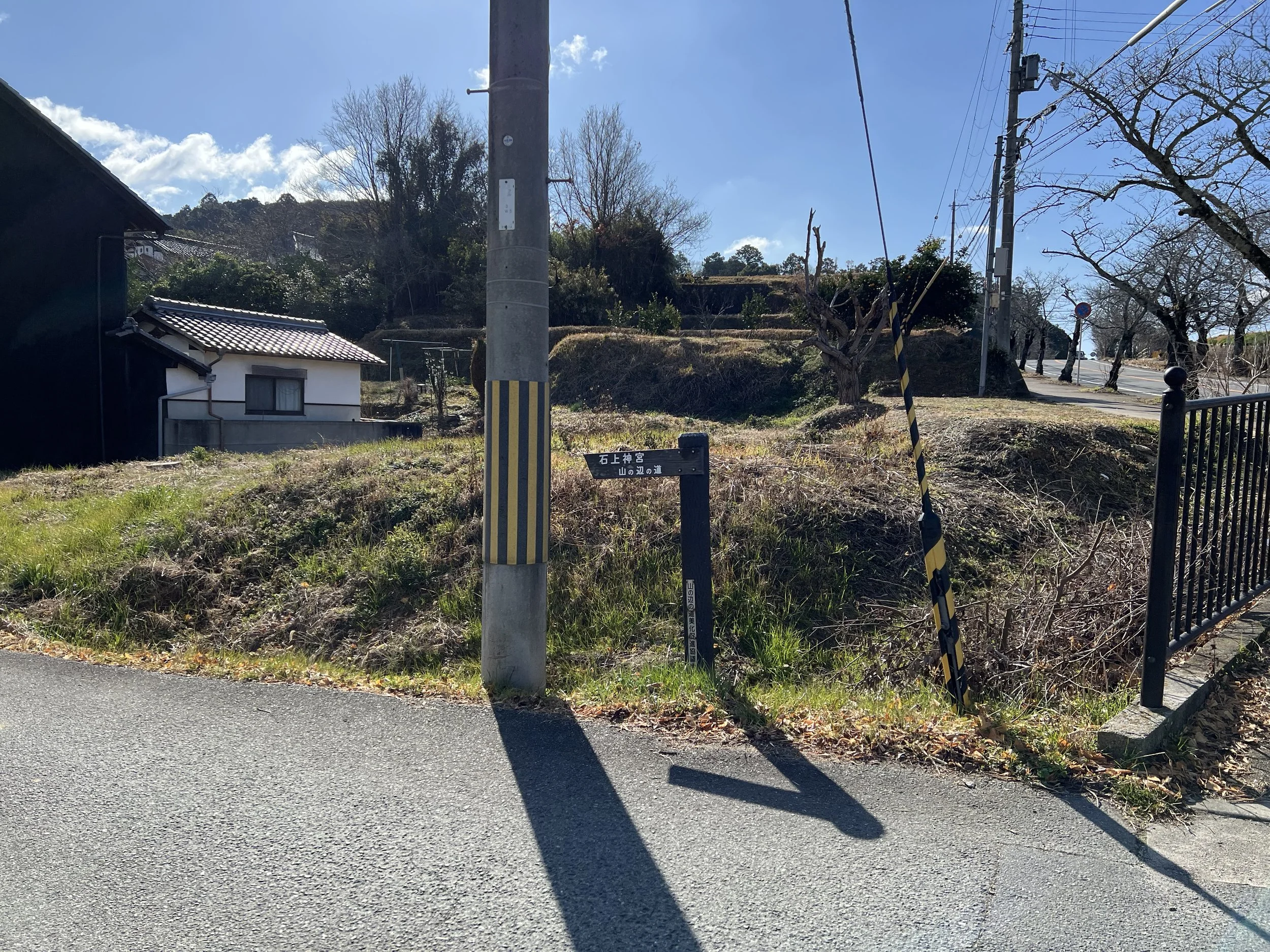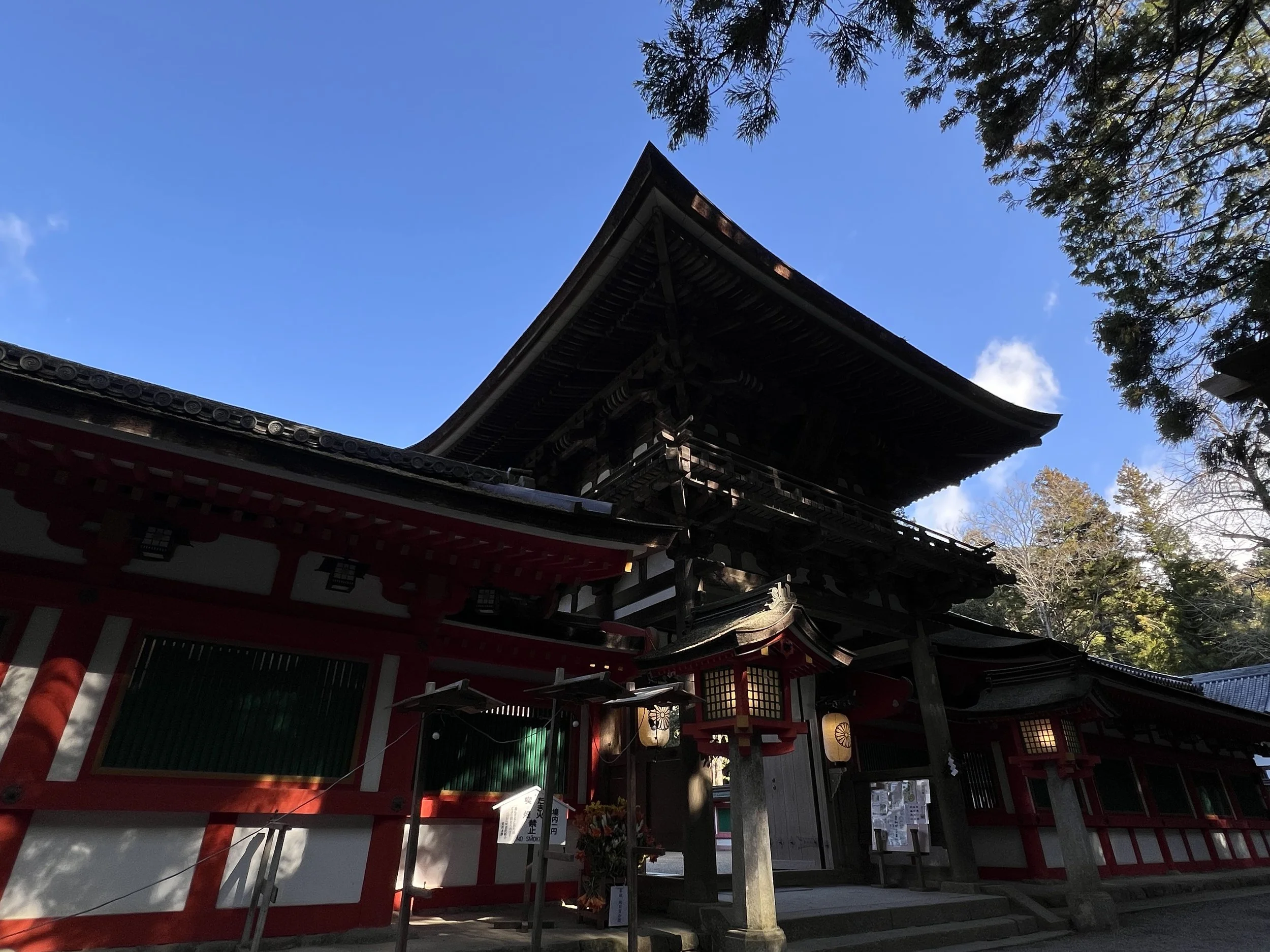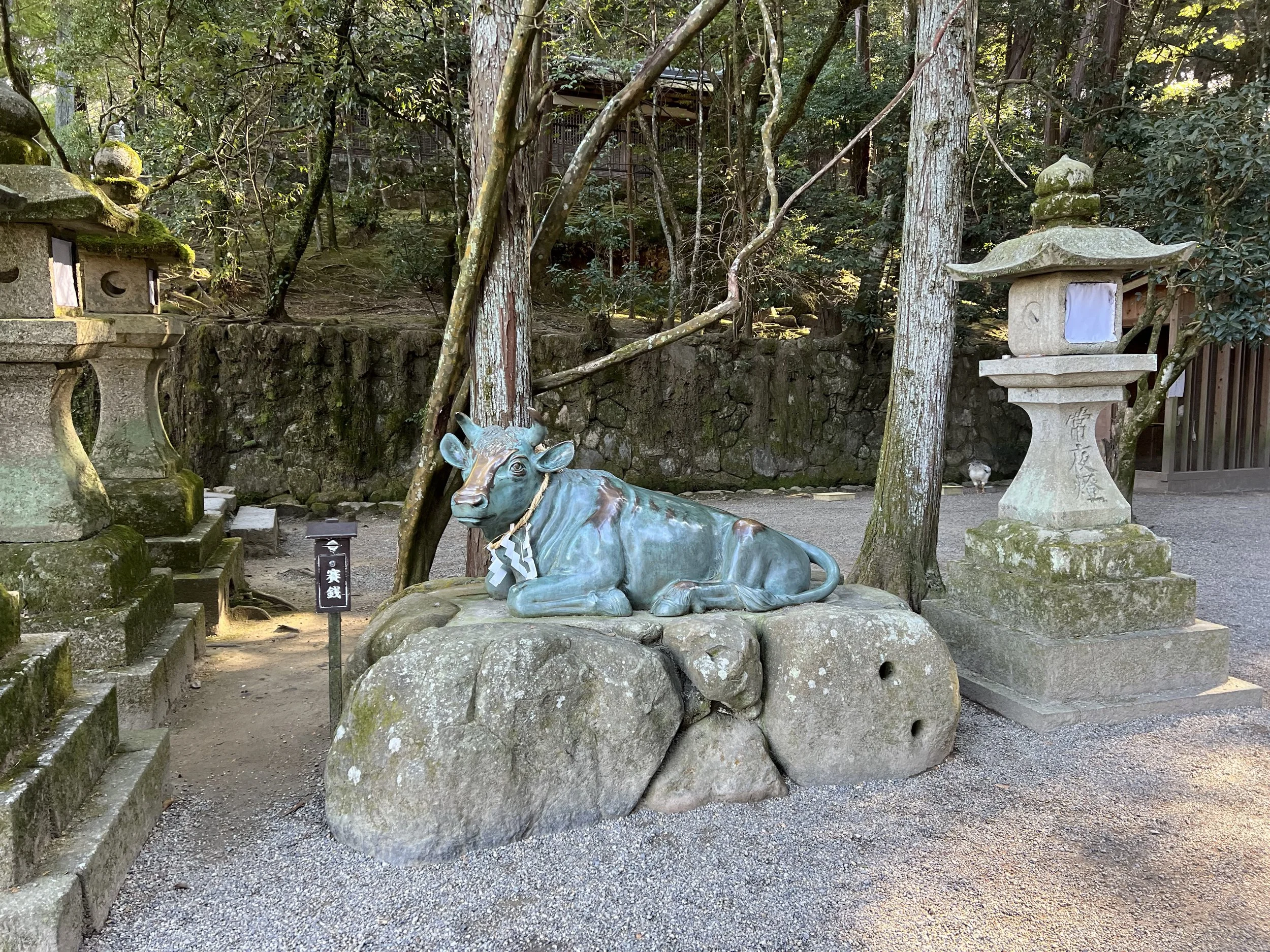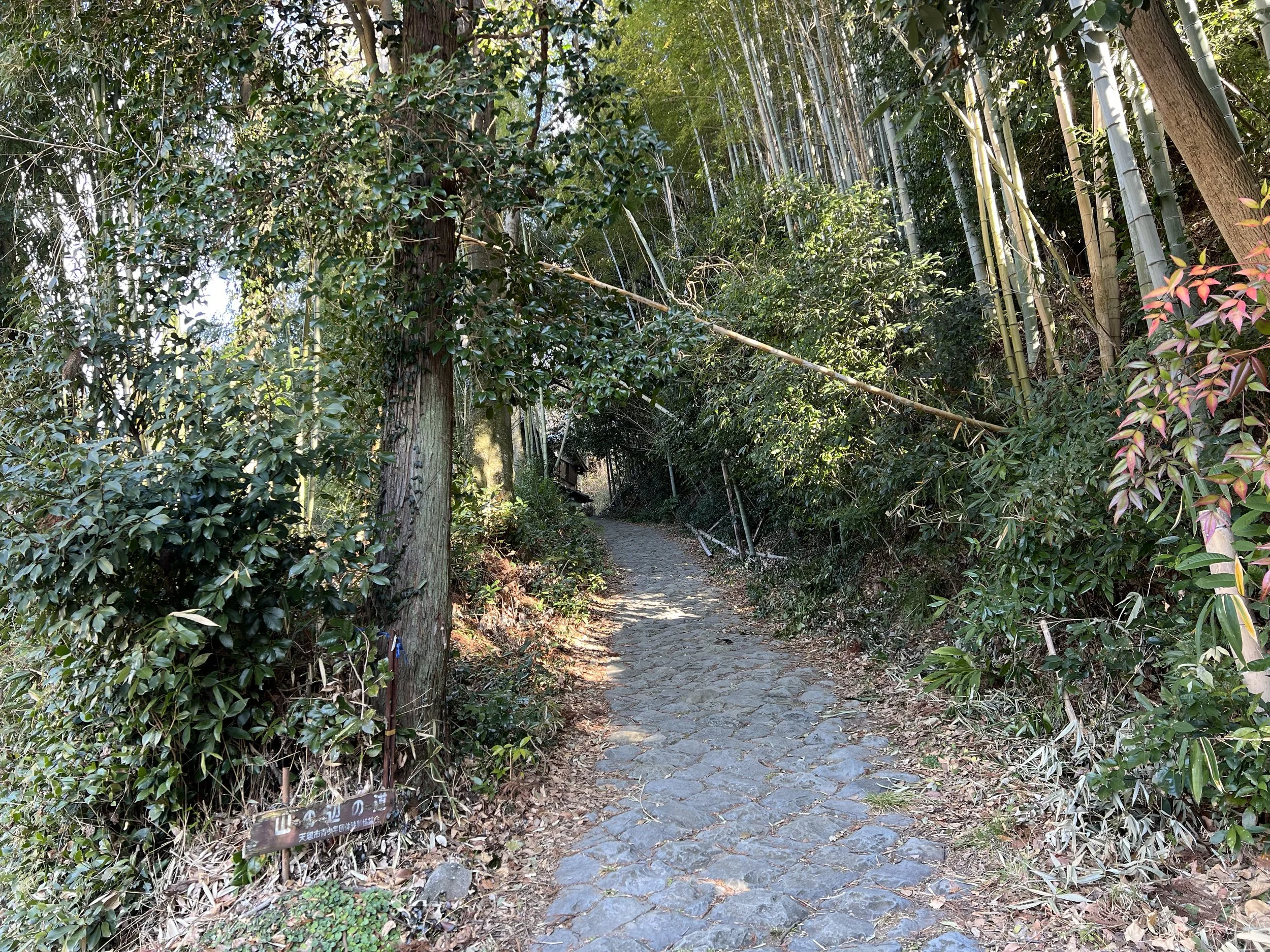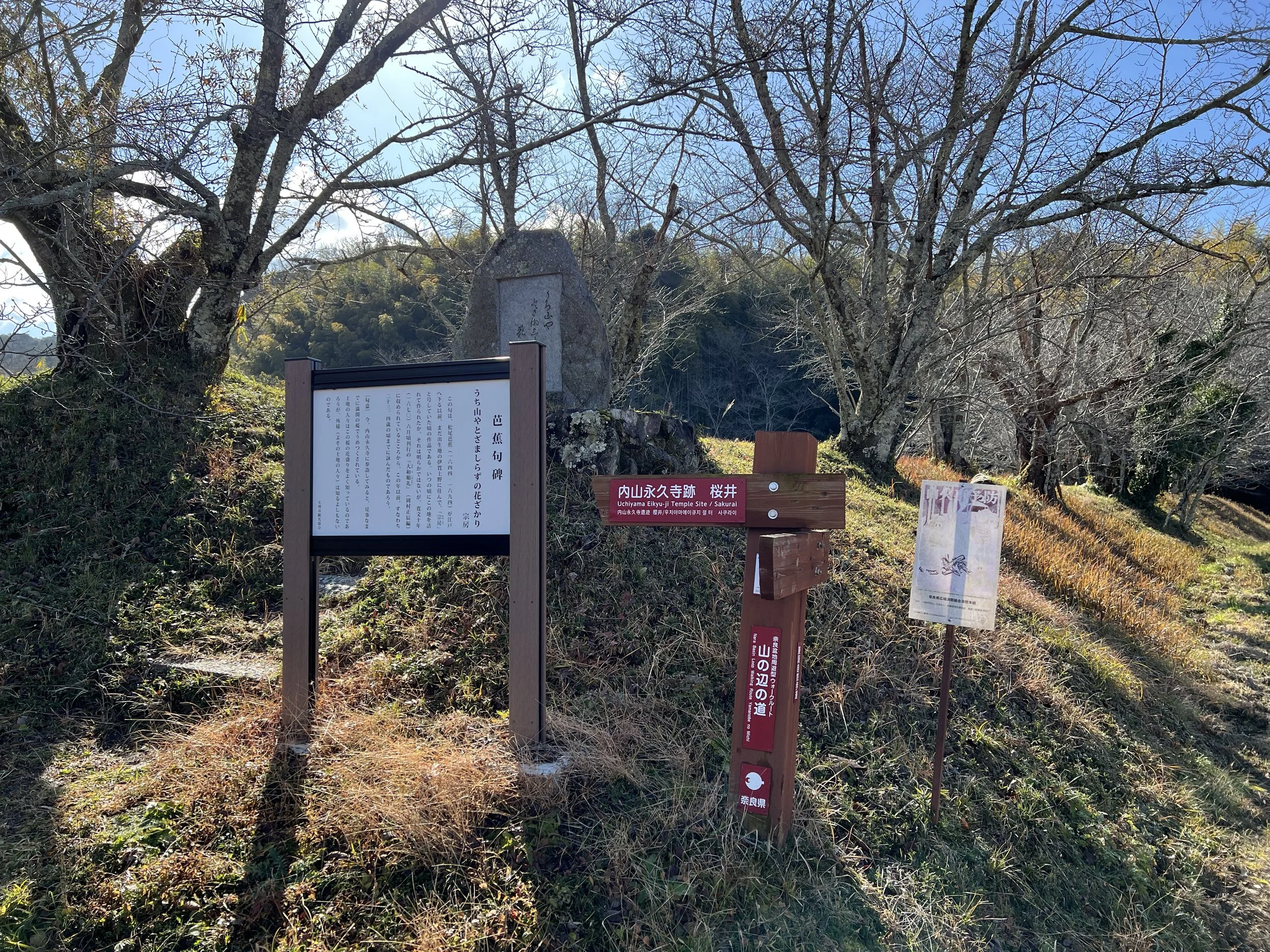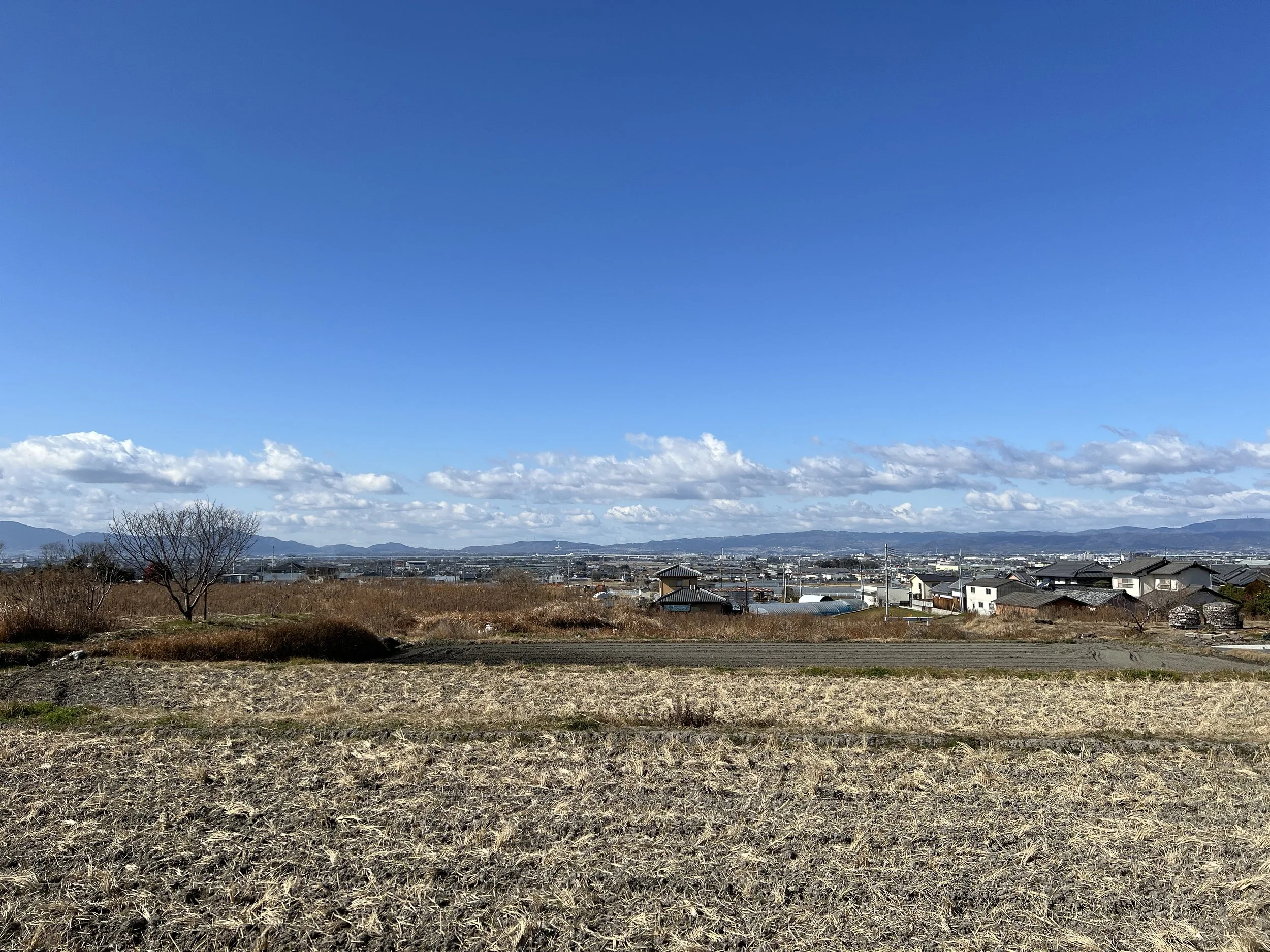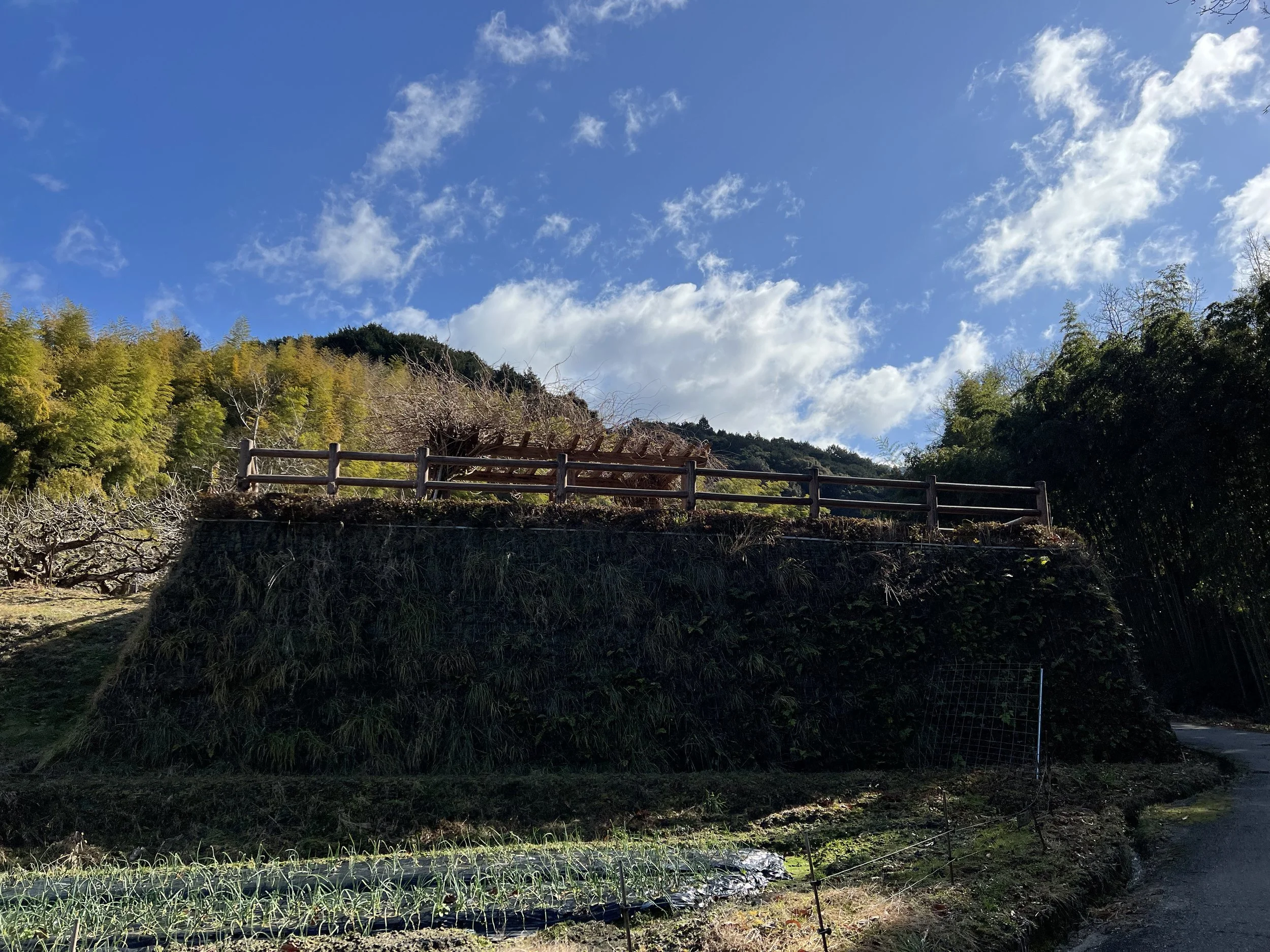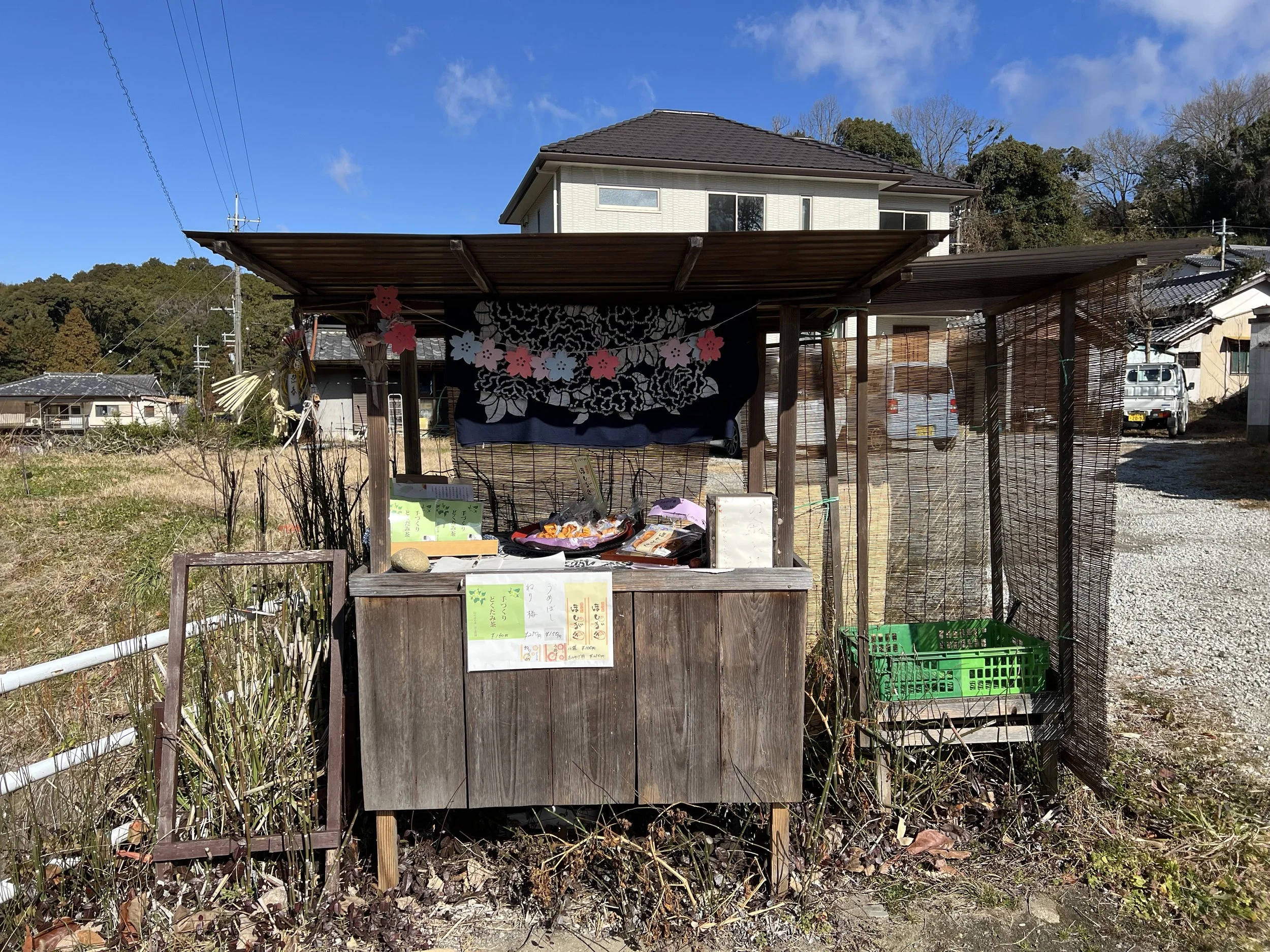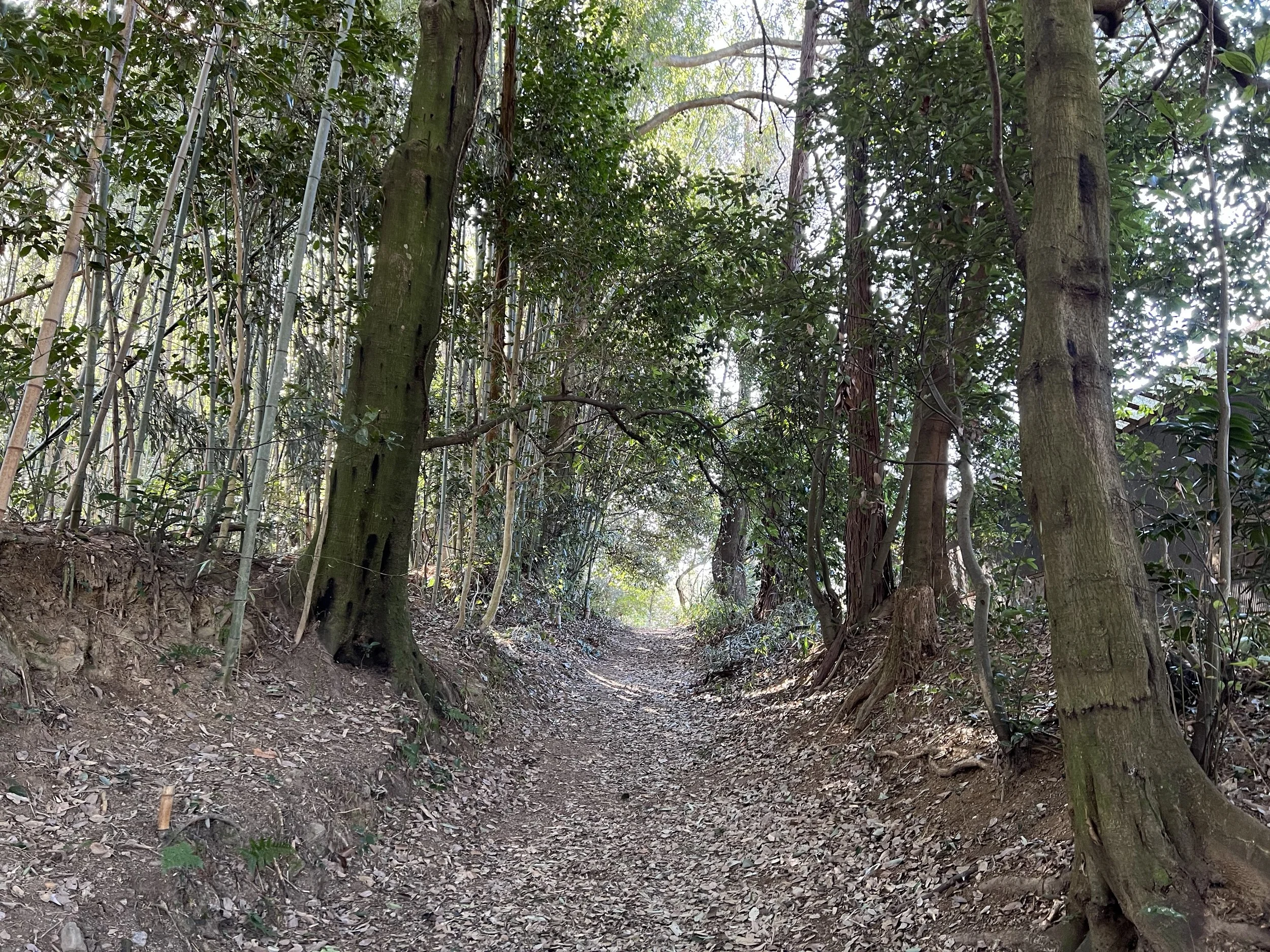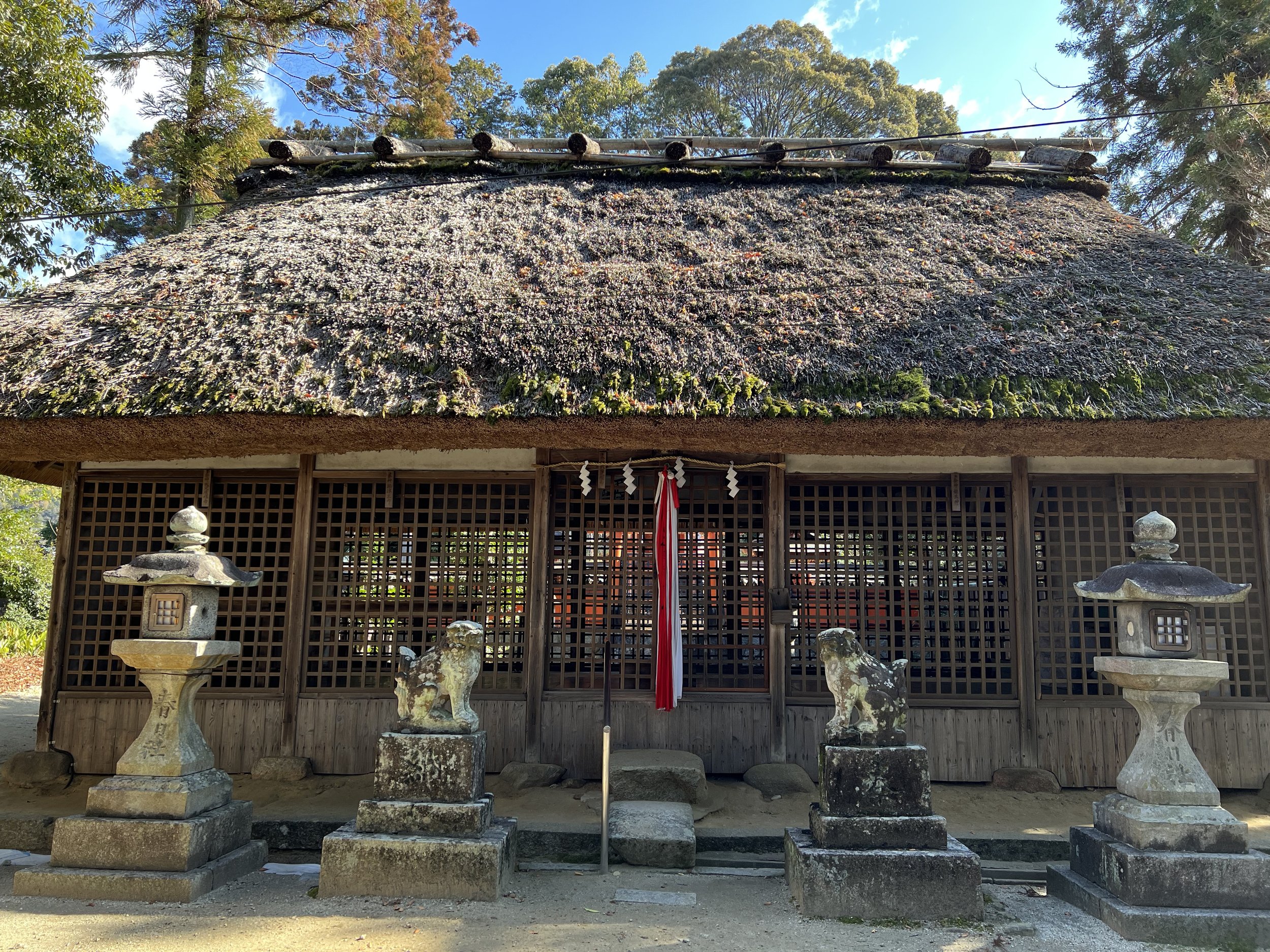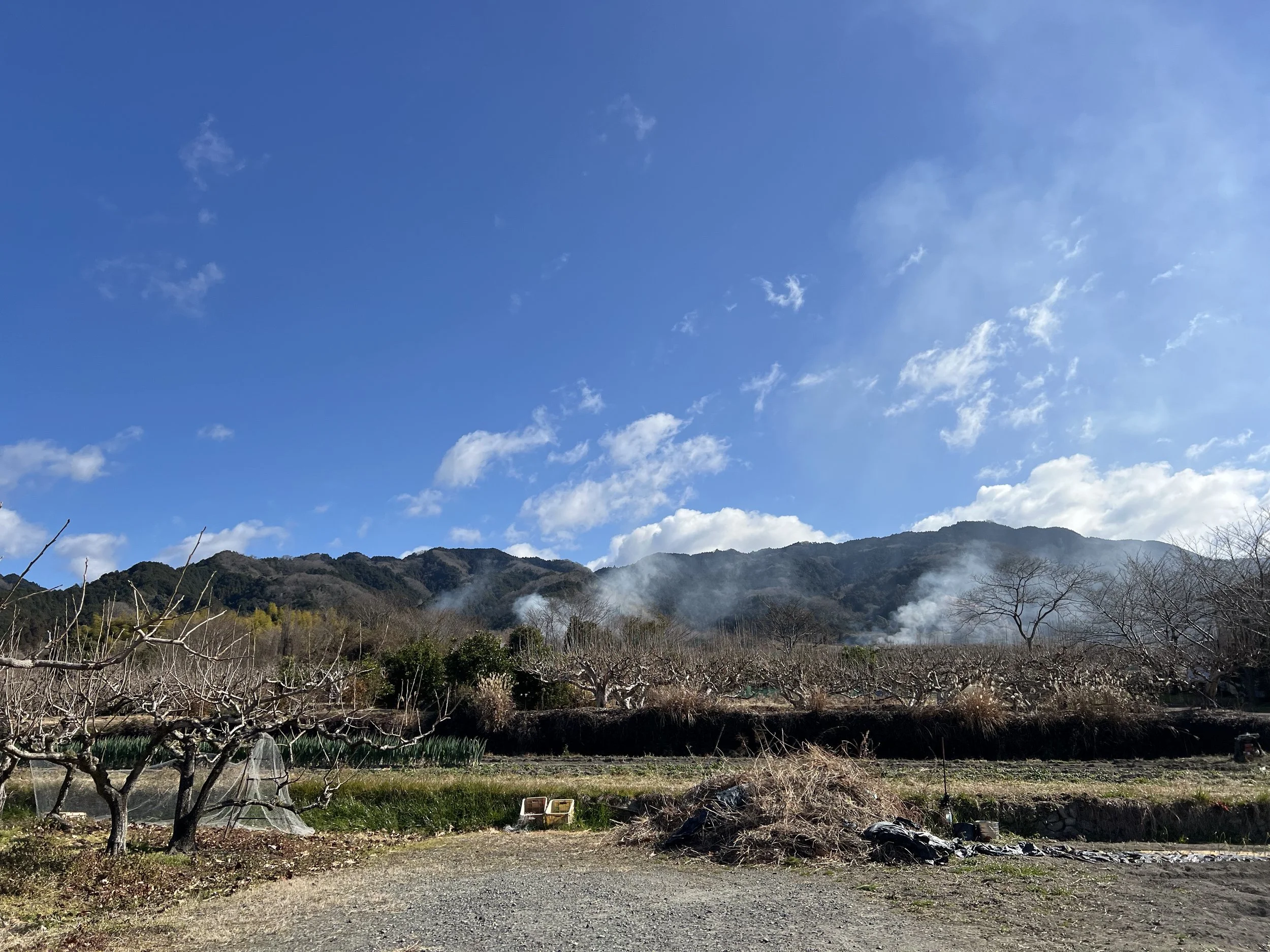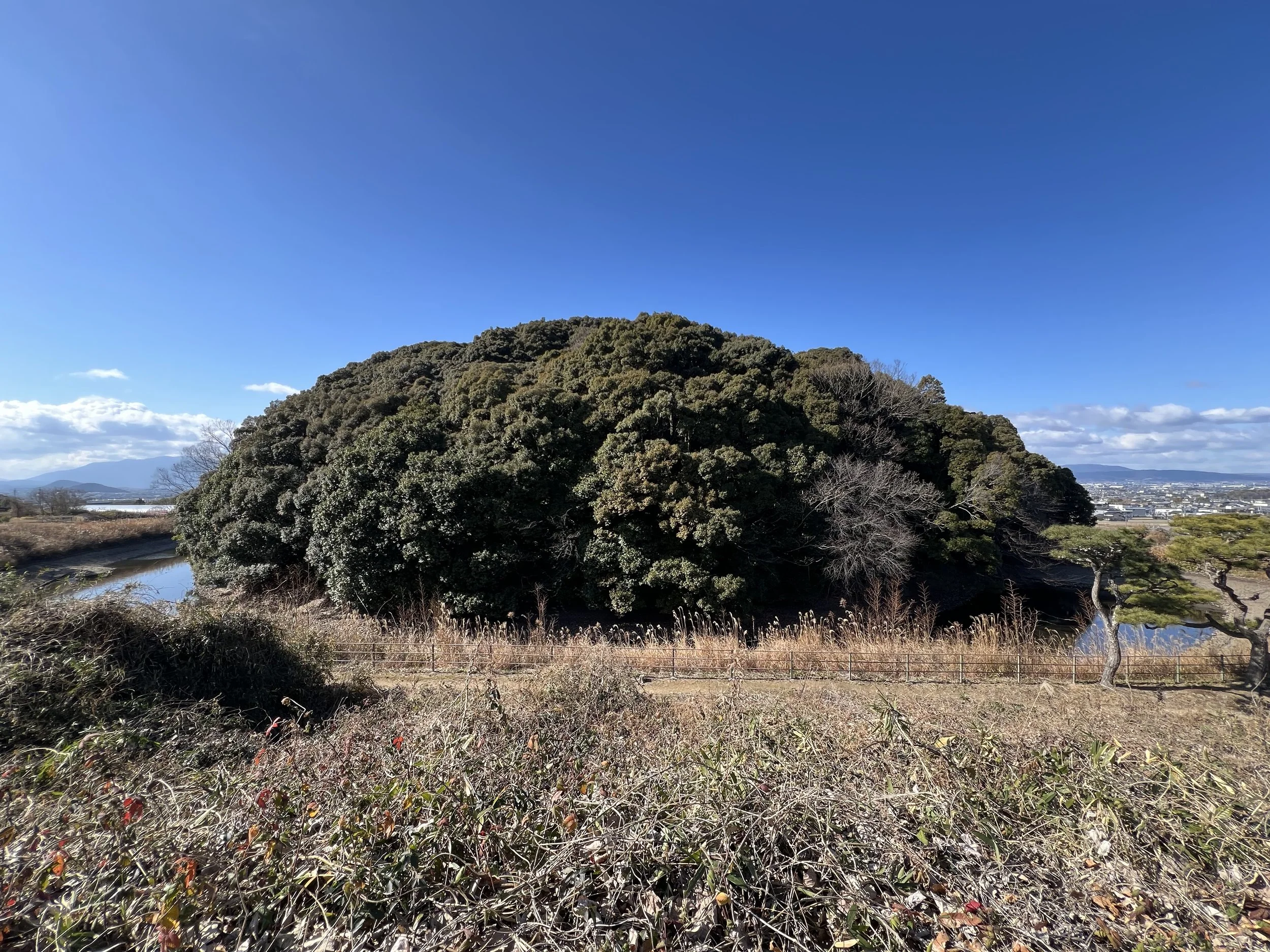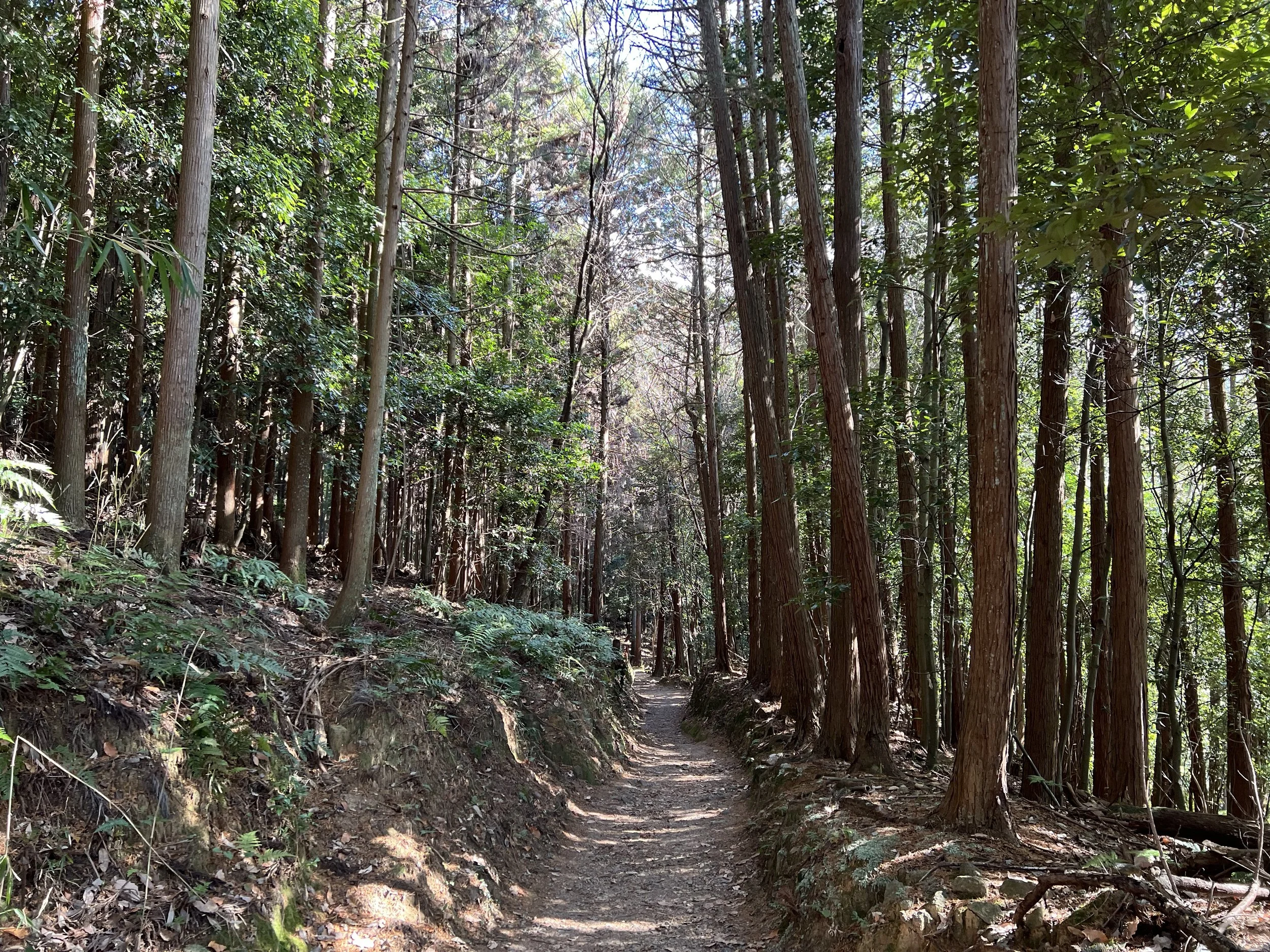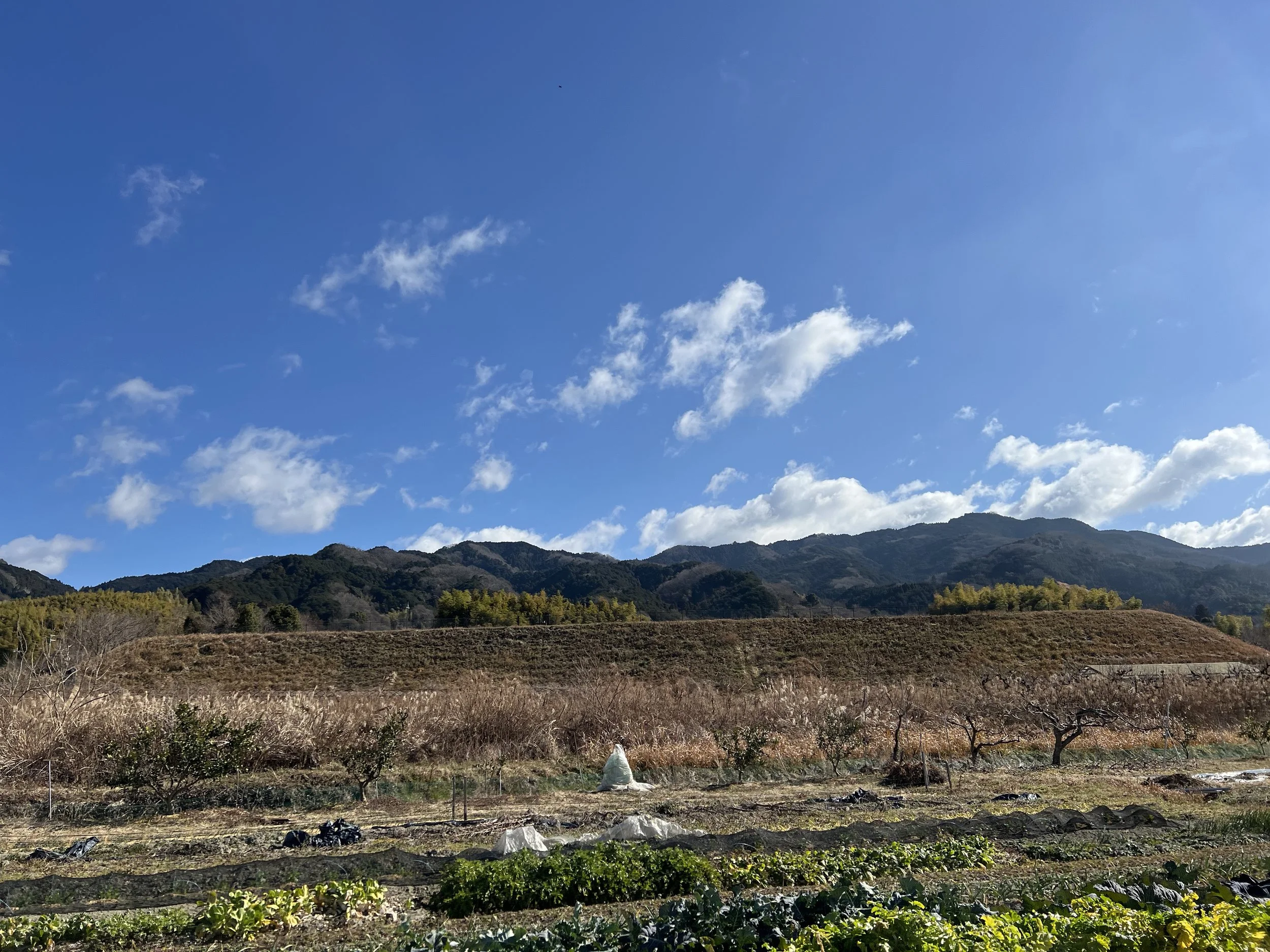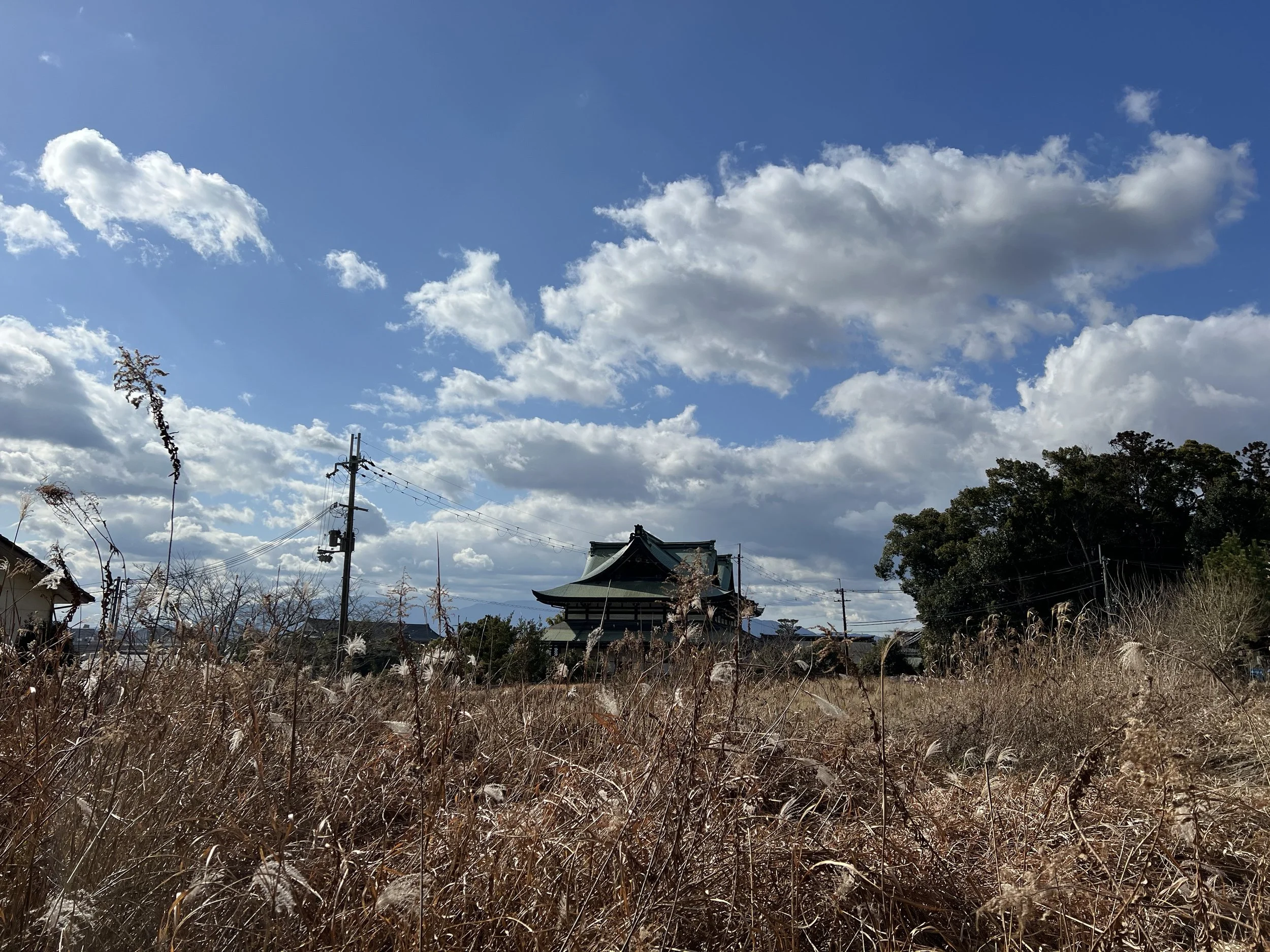Yamanobe no Michi - Nara, Japan
While planning my trip to Nara, I stumbled upon something intriguing — the Yamanobe no Michi Trail (山辺の道), said to be Japan’s oldest recorded road. The idea of walking a path that has been used for over a thousand years immediately caught my attention. I couldn’t resist the thought of tracing the same route people once walked centuries ago, so I decided to experience it for myself.
The trail turned out to be one of the most peaceful walks I’ve ever taken. Well-marked and easy to follow, it gently weaves through the foothills east of Nara. Along the way, I passed quiet farming villages, Shinto shrines, ancient temples, and the tombs of emperors — a glimpse into traditional Japanese life far removed from the city’s bustle.
One of my favorite surprises was coming across unmanned farm stands selling fresh produce, fruits, and even jars of homemade pickles. Payment is based purely on trust — you simply drop your coins into a box. It’s a heartwarming reflection of the countryside’s honesty and simplicity.
There are rest areas and toilets along the route, making it very manageable even for casual walkers. I noticed most hikers seemed to be going in the opposite direction, probably because more major temples and shrines are clustered near Sakurai Station. Some sacred spots ask visitors not to take photos, and a few charge small entrance fees — so it’s worth carrying coins and being mindful of local customs.
By the time I reached the end, I realized the Yamanobe no Michi isn’t just a trail — it’s a journey through time. Surrounded by nature, history, and glimpses of daily life, I felt how deeply Japan’s past remains connected to the present.
If you’re visiting Nara and want a peaceful, authentic, and slightly off-the-beaten-path experience, the Yamanobe no Michi is absolutely worth adding to your itinerary.
Significant Temples Along the Trail
Isonokami Shrine – Dating back over 2,000 years, it was a key site for early Yamato-period rituals and is known for its collection of ancient swords and ceremonial artifacts.
Yatogi Shrine – A smaller, charming shrine with a traditional thatched roof, set in a peaceful spot. It’s a quiet place for reflection along the trail.
Chogakuji – A historic Buddhist temple featuring a serene garden and traditional wooden structures. It has served the local community for centuries and offers a glimpse into Japan’s religious history.
Hibara Shrine – Known for its seasonal festivals and well-preserved wooden buildings, it represents the continuity of Shinto traditions in the Nara countryside.
Omiwa Jinja – Dedicated to Mount Miwa, considered sacred since ancient times, this shrine has deep ties to early Yamato-period worship practices and remains an important spiritual site today.
Background
Yamanobe no Michi in Nara is Japan’s oldest recorded road, first noted in ancient texts like the Kojiki and Nihon Shoki. During the Yamato period, it connected early Japanese capitals and passed important sites, including the tombs of emperors and major shrines. Today, the trail offers a gentle, scenic hike through quiet villages, historic temples, and stone markers, giving walkers a glimpse of Japan’s countryside life while connecting past and present.
Getting There
The most common starting point for Yamanobe no Michi is Isonokami Shrine, near Tenri Station. I began my journey from JR Nara Station — it’s just a 15-minute ride on the Man-yo Mahoroba Line to Tenri. From there, it’s a short walk to the shrine, or you can take a taxi if you prefer.
If you’d rather start from the other end, Sakurai Station is another popular option, about 15 minutes further along the same train line from JR Nara. Either way, the trail is easy to access by train and makes for a convenient day hike.
Route Overview
Distance: 16.35 km (Tenri Station → Sakurai Station)
Total elevation gain: 316 m
Duration: 3 hr 14 min (with breaks 3 hr 22 min)
Difficulty: Intermediate
Cost Breakdown
Train: Nara Station → Tenri Station — ¥210
Entrance Fee: Chogakuji Temple — ¥400
